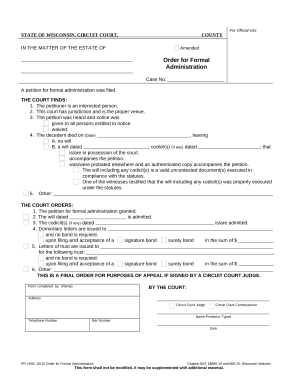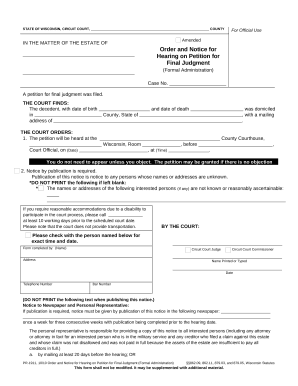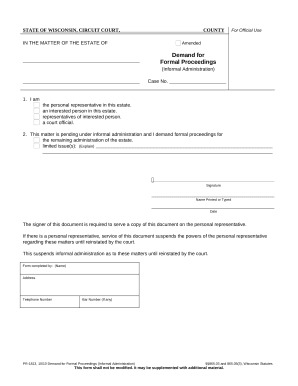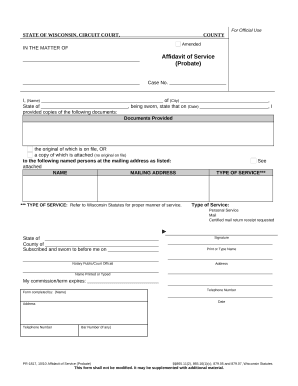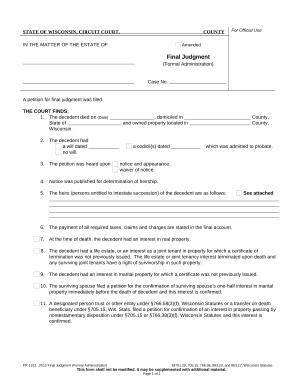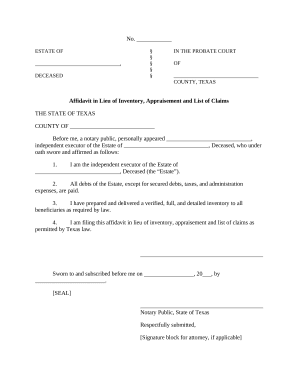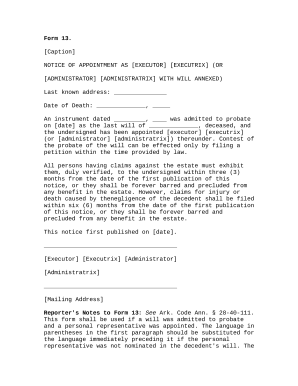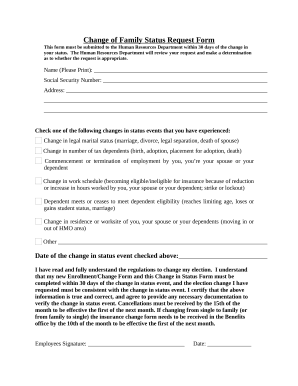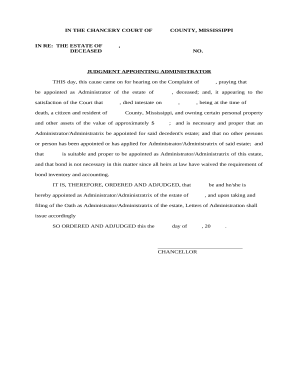Boost your production with Administration Forms
Document management takes up to half of your office hours. With DocHub, it is easy to reclaim your time and boost your team's efficiency. Get Administration Forms collection and investigate all form templates relevant to your daily workflows.
The best way to use Administration Forms:
- Open Administration Forms and utilize Preview to obtain the suitable form.
- Click Get Form to start working on it.
- Wait for your form to open in the online editor and start modifying it.
- Add new fillable fields, symbols, and pictures, adjust pages order, and many more.
- Fill out your template or prepare it for other contributors.
- Download or deliver the form by link, email attachment, or invite.
Accelerate your daily document management using our Administration Forms. Get your free DocHub profile today to explore all forms.

